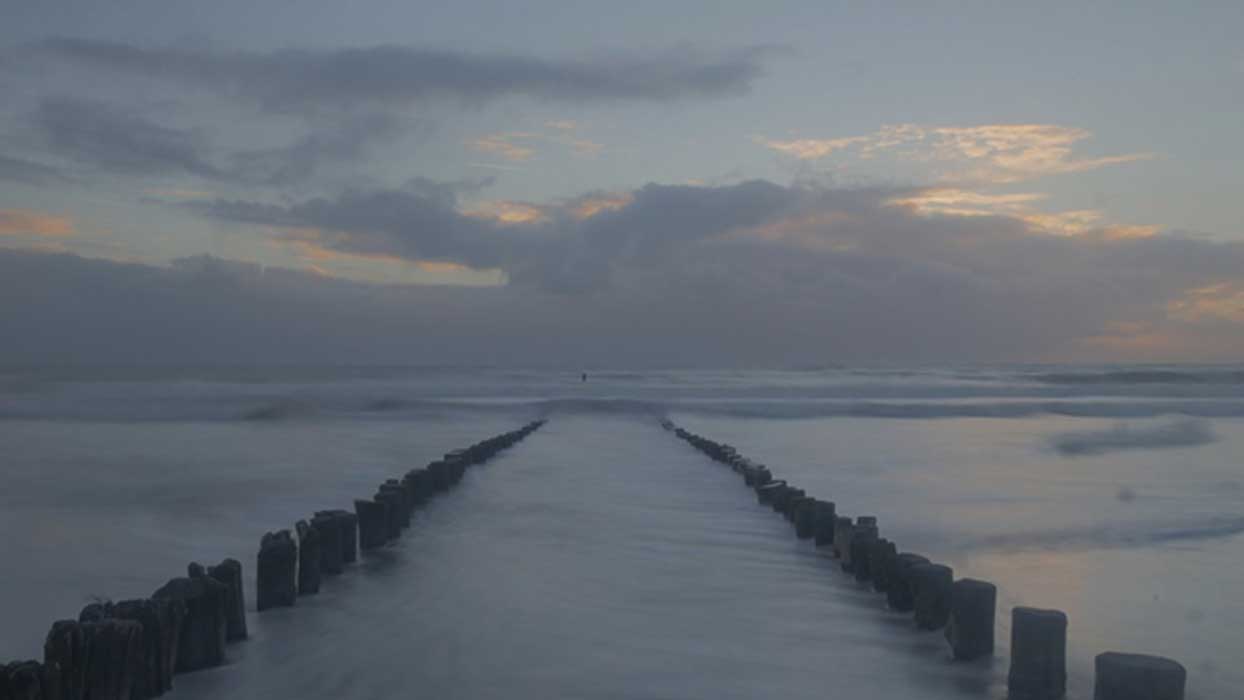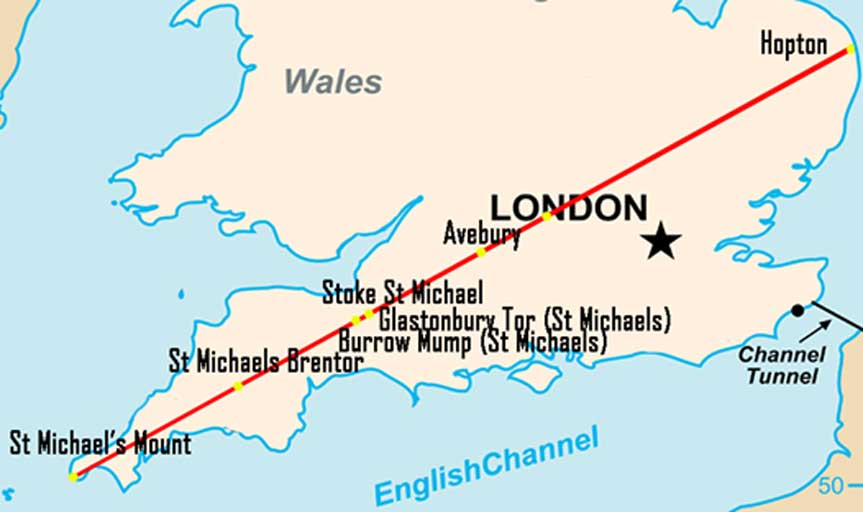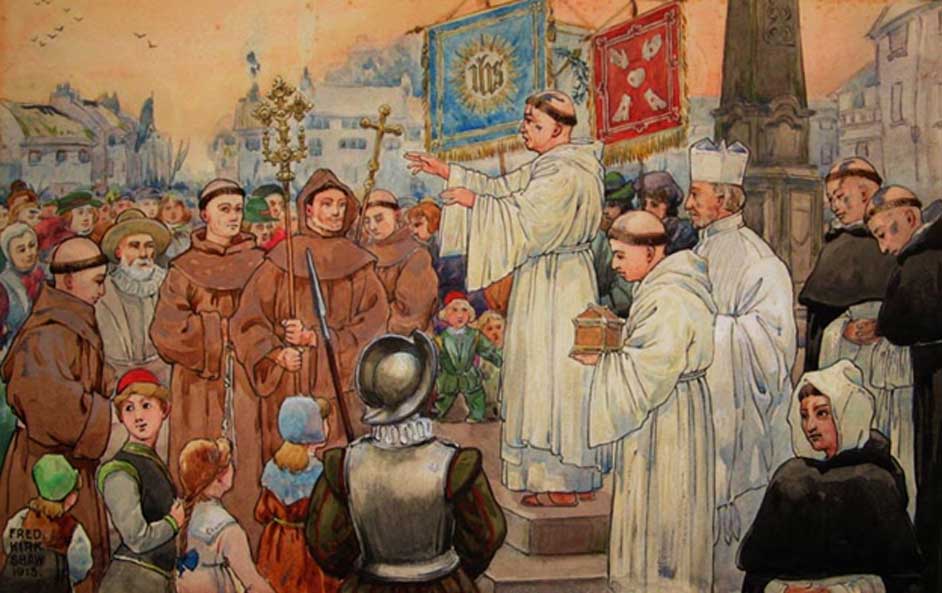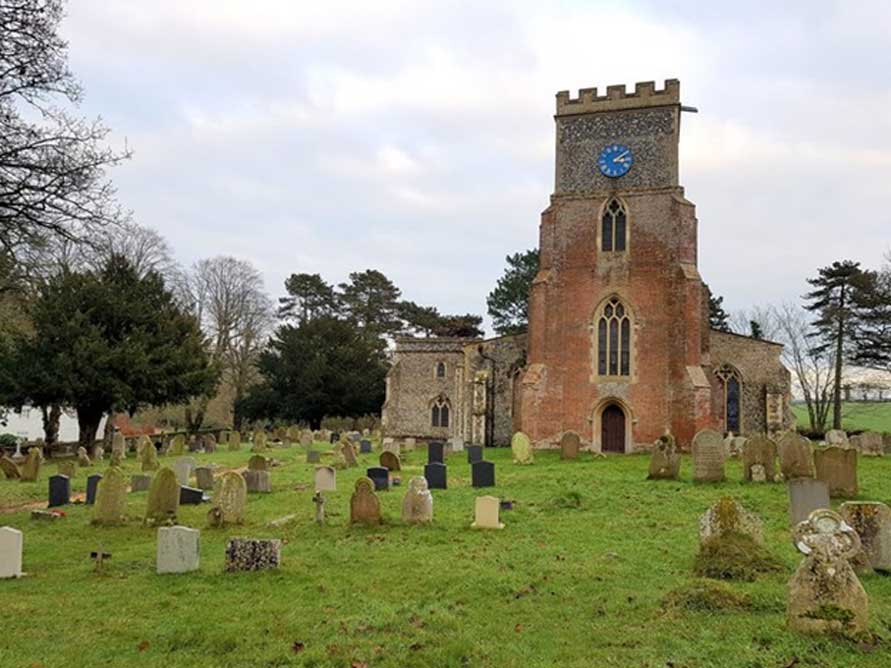
St Michael’s Ley-line Leading to Legendary Doggerland
Does the St Michael ley-line reach far beyond the boundaries of our imagination to a destination lost in time and shrouded in myth? Doggerland was once a land-bridge connecting Britain to Europe during the Paleolithic era, but it has claims on Atlantis, flashbacks to giants and is plagued by a giant hoax.

Map of England/UK showing some points along the St Michael’s Ley-line (Public Domain/Deriv)
While researching material for my upcoming book The Temple at the Gates of Dawn - the Mystery of the Old Minster, about a mysterious historical ruin in the east of England, I happened to notice it is located on a ley-line. And, not just any ley-line, but the St Michael and St Mary Alignment (the St Michael and St Mary leys are two separate but intertwined ley-lines) the most famous ley-line route in England, if not the world.
Ley-lines are a controversial concept, which can be approached in one of three ways: namely they are historical; mystical; or purely coincidental phenomena. Another way of looking at ley-lines is to see them as occupying the liminal space between legitimate landscape archaeology; the concept of ritual, (or ceremonial) landscapes; and the pseudoscience (or alternative archaeology) of Earth mysteries. People are taking pilgrimages along ley-lines, in fact the latter section of the St Michael and St Mary Alignment also coincides with part of the newly established Via Beata long-distance Christian pilgrimage route across the United Kingdom.

The Pilgrimage of Grace by Fred Kirk Shaw. (Public Domain)
The 350-mile (563 kilometers) long Alignment runs across England in a north-easterly direction starting at Land’s End. Turning around, there is even a suggestion it stretches even farther out south-westerly into the waters of the Atlantic to the lost kingdom of Lyonesse of Celtic and Arthurian legend, of which only the Scilly Isles still remain above the surface today. Turning back north-east again, it goes on to connect St Michael’s Mount, Glastonbury Tor and the Avebury Henge complex and a dozen more important historical, mystical and archaeological sites, before passing through the cathedral town of Bury St Edmunds. From there on, the leys enter the territory covered by my book (even embracing the hill on which the parish church of Saint Mary the Virgin, Denton, is located, which is about two miles (3.21 kilometers) away from where I sat writing this article) before finally running into the North Sea at Hopton-on-Sea on the Norfolk Coast.

St Mary the Virgin Church, Denton (Helen Steed /CC BY-SA 2.0)




